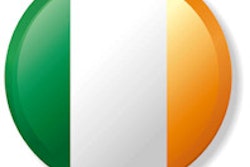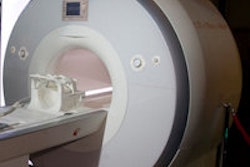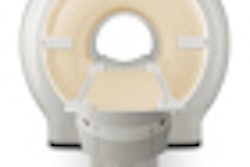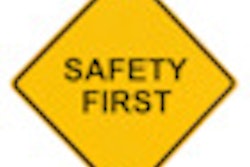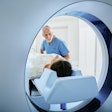
Inappropriate use of MRI may not be very common in Finland, but researchers there are concerned that financial issues and the increasing number of patients referred for MRI could escalate the number of unnecessary exams, according to a study published online in Insights into Imaging.
Only 7% of the MRI exams evaluated at Oulu University Hospital were deemed inappropriate, according to the study. Still, lead author Dr. Heljä Oikarinen and colleagues from the hospital's department of diagnostic radiology recommended that education and the regular use of referral guidelines could help improve decision-making about the appropriateness of an MRI scan (Insights into Imaging, 15 August 2013).
Growing volume
Over the past several decades, advances in medical technology have led to an increase in the number of imaging exams, particularly MRI, CT, and PET/CT, to help patients avoid unnecessary invasive procedures.
"This has no doubt resulted in benefits to patients," Oikarinen and colleagues wrote. "However, it has contributed to a notable increase in healthcare costs, and suspicions of inappropriate or unnecessary use of imaging have been highlighted."
At Oulu University Hospital alone, the number of MRI exams increased 87%, from 6,491 studies in 2000 to 12,150 exams in 2008. The authors noted that they had concerns regarding financial issues, such as the increasing costs of imaging, and the increasing number of patients referred for different MRI exams. There were also plans to increase the facility's MRI capacity, given expectations for more demand for MRI in the future, as providers shift away from radiation-bearing exams such as CT.
The researchers reviewed the 11,836 MRI scans performed at the hospital in 2007 and analyzed 150 common MRI exams. The 150 exams included 30 each of the upper abdomen or liver, lumbar spine, knee, head, and head (pediatric) taken while children were under anesthesia.
Because lower-back pain complaints are common and MRI of the lumbar spine is often requested by the facility's physical medicine and rehabilitation department, the researchers decided to survey that subgroup of MRI indications.
"We also chose ... MRI of the head of children done under anesthesia because there should be good indications for the examination as anesthesia carries its own risks," they noted.
The reasons for MRI referrals, indications of the examinations, and corresponding patient files were analyzed by a senior radiology specialist, according to the authors.
Appropriateness rate
The overall analysis found that only 10 (7%) of the 150 MRI exams were inappropriate.
Breaking down the individual scans further, four (13%) of the 30 MRI scans of the upper abdomen or the liver were not indicated. In the lumbar spine group, two (7%) of the 30 cases were inappropriate. In addition, three (10%) of the 30 knee MRI exams were not indicated, and one (3%) of the 30 MRI scans of the head was inappropriate.
All of the MRI exams of the head for children under anesthesia were deemed appropriate. Of those 30 cases, the major indication for referring the pediatric patient for an MRI was a developmental disorder.
Based on the results, Oikarinen and colleagues concluded that while there are "suspicions of various forces," such as financial incentives, self-referrals, and defensive medicine, that may lead to overutilization of imaging tests in many countries, these factors are "probably not major problems in Finland."
However, the authors do have concerns about duplicate imaging studies and patient expectations.
"Education and regular use of up-to-date referral guidelines by the referring practitioners and the staff of the department of radiology could help to further improve appropriateness," they wrote.
Oikarinen and colleagues cited several study limitations, including the fact that the data came from only one institution. They also only surveyed five different types of MRI procedures, and the number of patients in each group was rather low. In addition, they did not calculate the effect of the requesting physicians' referral habits or the radiologists' admission habits separately.




